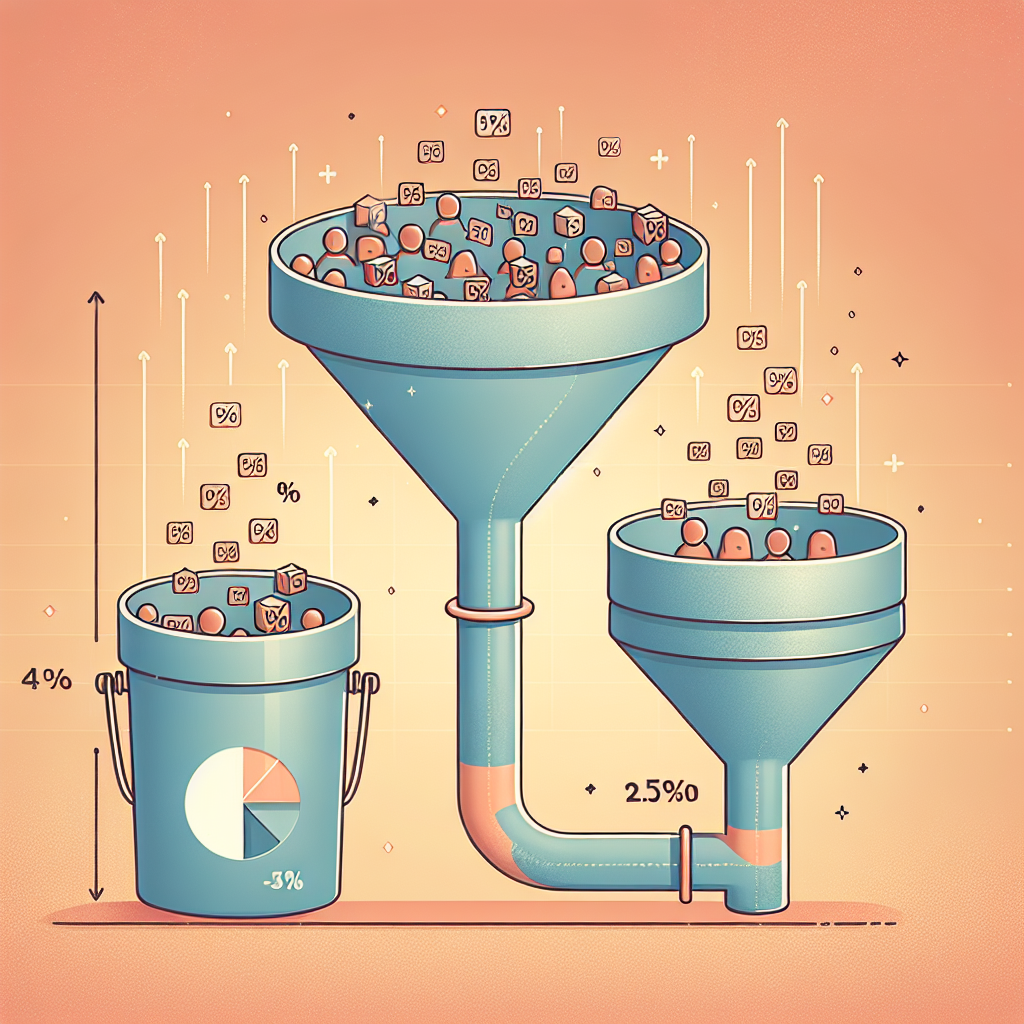
When it comes to online businesses, one of the most critical metrics to measure success is the conversion rate. Conversion rate refers to the percentage of website visitors who take a desired action, such as making a purchase, signing up for a newsletter, or filling out a contact form. It is a key indicator of how effective a website is at turning visitors into customers. In this article, we will explore the importance of conversion rate and provide valuable insights on how to improve it.
Why Conversion Rate Matters
A high conversion rate is essential for the success of any online business. Here are some reasons why conversion rate matters:
- Increased Revenue: A higher conversion rate means more customers, which ultimately leads to increased revenue. By optimizing your conversion rate, you can maximize your return on investment (ROI) and grow your business.
- Cost-Effectiveness: Improving your conversion rate is often more cost-effective than driving more traffic to your website. By converting a higher percentage of your existing visitors, you can make the most out of your marketing efforts and budget.
- Competitive Advantage: A high conversion rate can give you a competitive edge in your industry. If your website is more effective at converting visitors into customers than your competitors, you are more likely to attract and retain customers.
- Customer Insights: Analyzing your conversion rate can provide valuable insights into your target audience’s behavior and preferences. By understanding what drives conversions, you can tailor your marketing strategies and website design to better meet their needs.
Factors Affecting Conversion Rate
Several factors can influence the conversion rate of a website. Understanding these factors is crucial for optimizing your conversion rate. Here are some key factors to consider:
- User Experience: A seamless and user-friendly website experience is essential for encouraging conversions. Slow loading times, complicated navigation, and a lack of mobile optimization can all negatively impact your conversion rate.
- Website Design: The design of your website plays a significant role in influencing conversions. A visually appealing and professional design can instill trust and credibility in your visitors, increasing the likelihood of conversion.
- Call-to-Action (CTA): The effectiveness of your CTAs can greatly impact your conversion rate. Clear, compelling, and strategically placed CTAs can guide visitors towards the desired action and improve conversion rates.
- Trust and Social Proof: Building trust with your visitors is crucial for conversions. Testimonials, reviews, trust badges, and social proof can all help establish credibility and encourage visitors to take action.
- Offer and Value Proposition: The value proposition and offer you present to your visitors can significantly impact their decision to convert. Clearly communicate the benefits and unique selling points of your product or service to increase conversions.
Improving Conversion Rate
Now that we understand the importance of conversion rate and the factors that influence it, let’s explore some strategies to improve it:
- A/B Testing: Conducting A/B tests allows you to compare different versions of your website or landing page to determine which one performs better in terms of conversions. By testing different elements such as headlines, CTAs, and layouts, you can identify the most effective combination.
- Optimize Landing Pages: Landing pages are often the first point of contact for visitors, so optimizing them is crucial. Ensure that your landing pages have a clear and compelling headline, concise copy, and a strong call-to-action.
- Streamline Checkout Process: If you run an e-commerce website, simplifying the checkout process can significantly improve your conversion rate. Minimize the number of steps required, offer guest checkout options, and provide clear information about shipping and payment methods.
- Personalization: Tailoring your website content and offers to individual visitors can greatly enhance the chances of conversion. Utilize data and analytics to segment your audience and deliver personalized experiences.
- Improve Website Speed: Slow loading times can lead to high bounce rates and lower conversion rates. Optimize your website’s performance by compressing images, minifying code, and leveraging caching techniques.
Summary
Conversion rate is a critical metric for online businesses, as it measures the effectiveness of turning website visitors into customers. A high conversion rate leads to increased revenue, cost-effectiveness, and a competitive advantage. Factors such as user experience, website design, CTAs, trust, and value proposition all influence conversion rates. By implementing strategies like A/B testing, optimizing landing pages, streamlining the checkout process, personalization, and improving website speed, businesses can improve their conversion rates and achieve greater success online.

